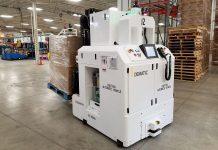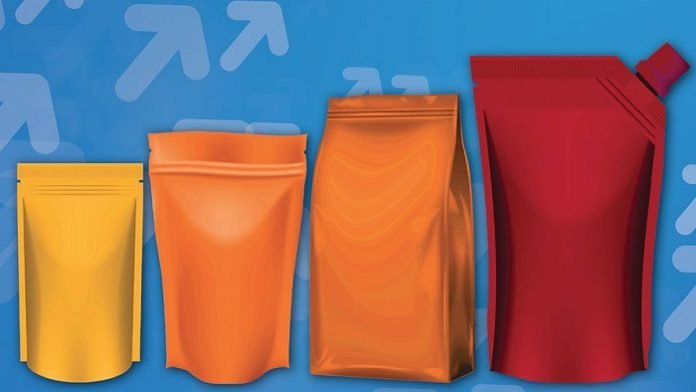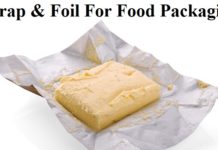In the ever-evolving landscape when it comes to packaging, the integration of technology has gone ahead and opened up exciting possibilities when it comes to enhancing consumer engagement as well as product functionality.
One of the most promising creations happens to be the advent of smart as well as interactive, flexible packaging.
This innovative approach not just transforms traditional roles in terms of packaging but, at the same time, offers a myriad of advantages when it comes to both consumers as well as businesses.
1. The surge of interactive packaging: beyond the traditional boundaries
Traditionally, packaging happens to be seen as a protective layer in terms of products, thereby serving the primary purpose as far as preserving the contents within. But because of the integration when it comes to smart technology, packaging happens to be breaking free from conventional constraints.
Interactive packaging happens to go beyond being a passive covering; it becomes an active participant in the consumer experience.
Imagine a case wherein a simple scan of a product’s packaging on a smartphone opens up a virtual world of data. From product details as well as usage instructions to promotional offers along with sustainability initiatives, interactive packaging goes on to serve as a gateway to loads of information.
This not only goes on to empower consumers with information and knowledge, but also offers brands a direct channel so as to engage with the audience.
For instance, a food product’s packaging can have a QR code that, when scanned, leads the consumer to a website that features recipes, nutritional information, and also a community forum when it comes to sharing cooking tips.
This level of interaction goes on to create a memorable as well as personalized experience for the consumer, thereby enhancing brand loyalty.
2. Smart packaging in terms of real-time monitoring as well as traceability
The advent of Internet of Things- IoT technology has brought in a new era of smart packaging, thereby helping with real-time tracking and traceability all across the supply chain.
This is especially valuable in industries where maintaining optimal scenarios during transportation as well as storage happens to be critical, like in the case of pharmaceuticals and perishable goods.
Smart sensors which happen to be embedded in flexible packaging can go ahead as well as transmit data on temperature, humidity, and also other environmental elements to a centralized system.
This data can then be accessed in real-time, thereby allowing businesses to make sure of the quality along with safety of their products. In the pharma sector, for example, smart packaging can go ahead and monitor the temperature in terms of sensitive medications throughout the transit part, thereby ensuring that they reach the consumer in a condition that suits them best.
Moreover, the traceability aspect of smart packaging offers transparency for consumers who happen to be increasingly concerned on the origin as well as the authenticity of the products they buy.
By way of a simple scan, consumers can go ahead and trace the entire journey the product has had, right from manufacturing to delivery, thereby instilling trust plus confidence in the brand.
3. Elevating sustainability by way of smart packaging innovations
The pursuit when it comes to sustainability happens to be a driving force in today’s packaging industry, and no wonder smart packaging is making noteworthy instances to support this cause.
By way of integrating technology with eco-friendly materials, packaging professionals can go ahead and create solutions that not only reduce environmental impact but also elevate the entire sustainability when it comes to the supply chain.
One instance happens to be the development of smart packaging with embedded sensors that track the freshness of the product. This can aid in minimizing food waste by way of alerting consumers when a product happens to be approaching its expiration date.
By altering or even reducing the instances of premature discarding, smart packaging syncs with the worldwide push for more sustainable consumption patterns.
Moreover, smart packaging can go on to play a critical role when it comes to improving recycling processes. Embedded RFID tags or even QR codes can offer data pertaining to materials that are used in the packaging, thereby helping with sorting as well as recycling efforts.
This not only goes ahead and supports recycling initiatives, but at the same time also helps consumers make informed decisions about the products they buy, based on the materials’ recyclability.
All in all, the exploration in terms of smart and interactive flexible packaging goes on to represent quite a prominent leap forward within the packaging sector.
As technology goes on to advance, the potential when it comes to creating packaging solutions that are not just functional but at the same time interactive, traceable, and sustainable happens to be boundless.
Embracing innovations such as these is not only about staying ahead within a competitive market; it is also about reshaping the future in terms of packaging for better – a future in which packaging happens to be not just a container but is intelligent and plays a dynamic part in the entire consumer experience.























